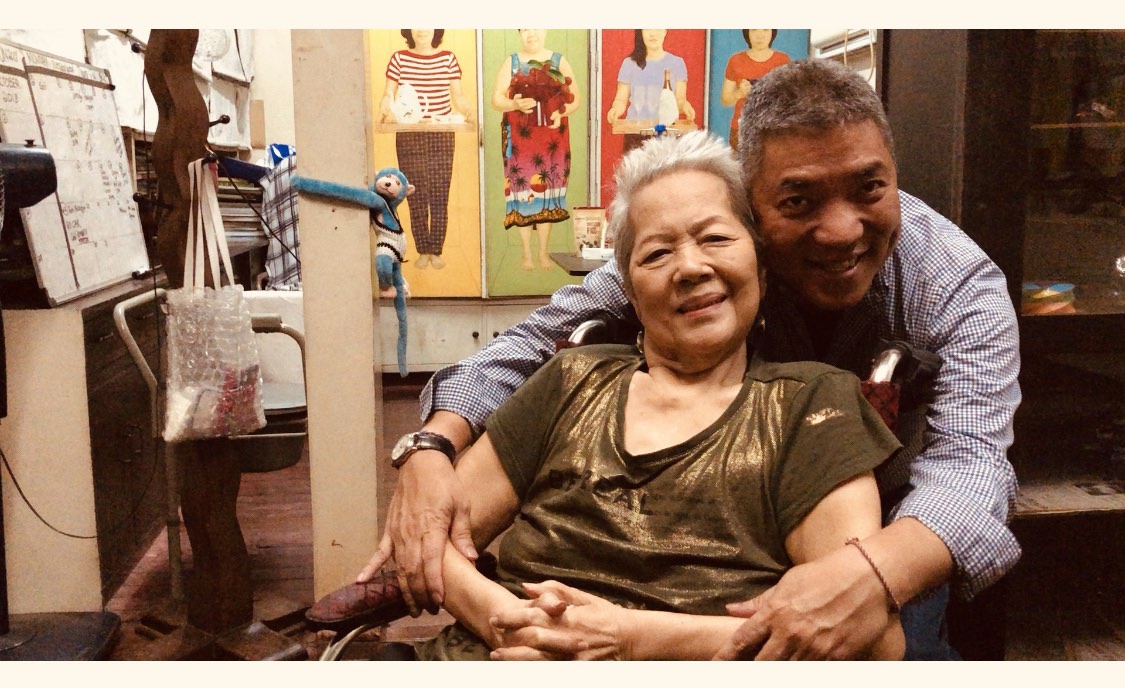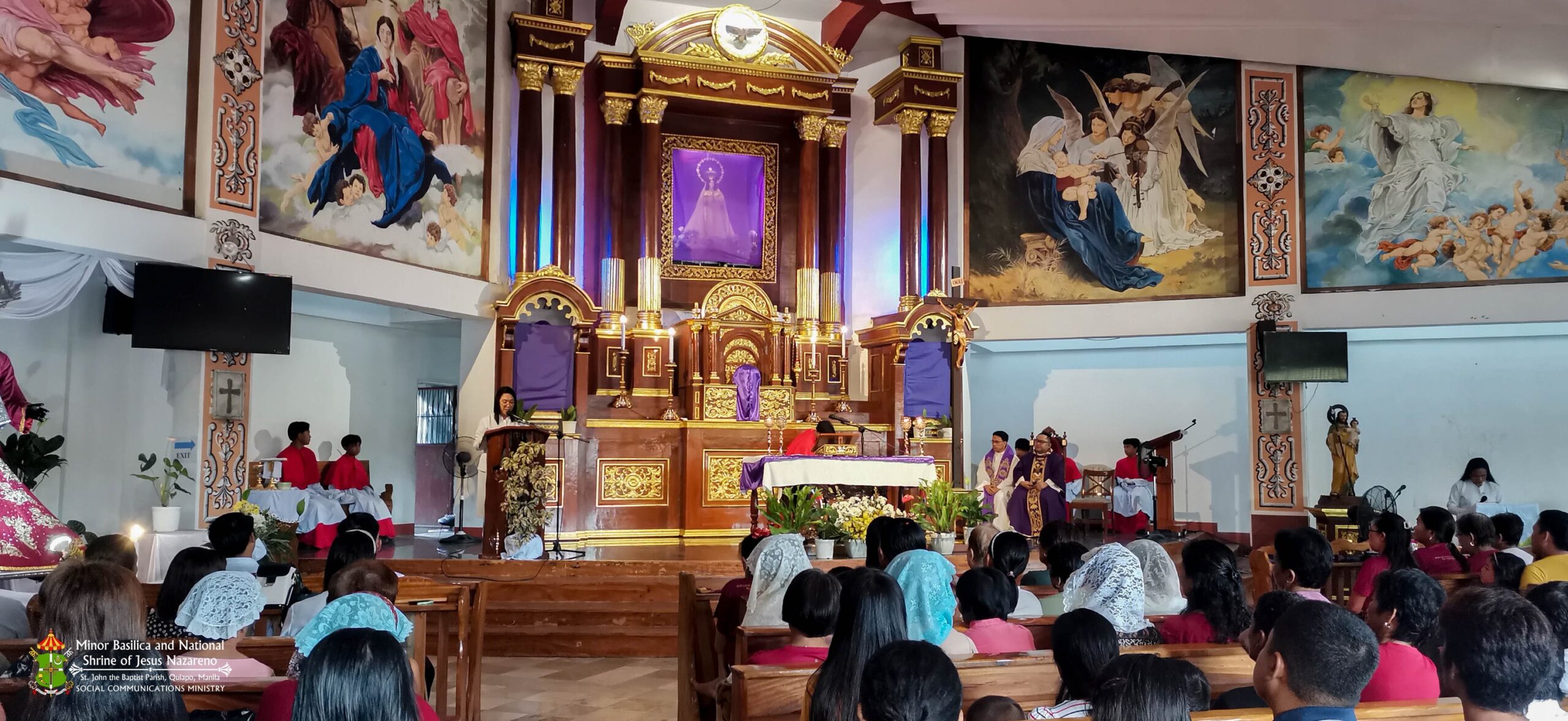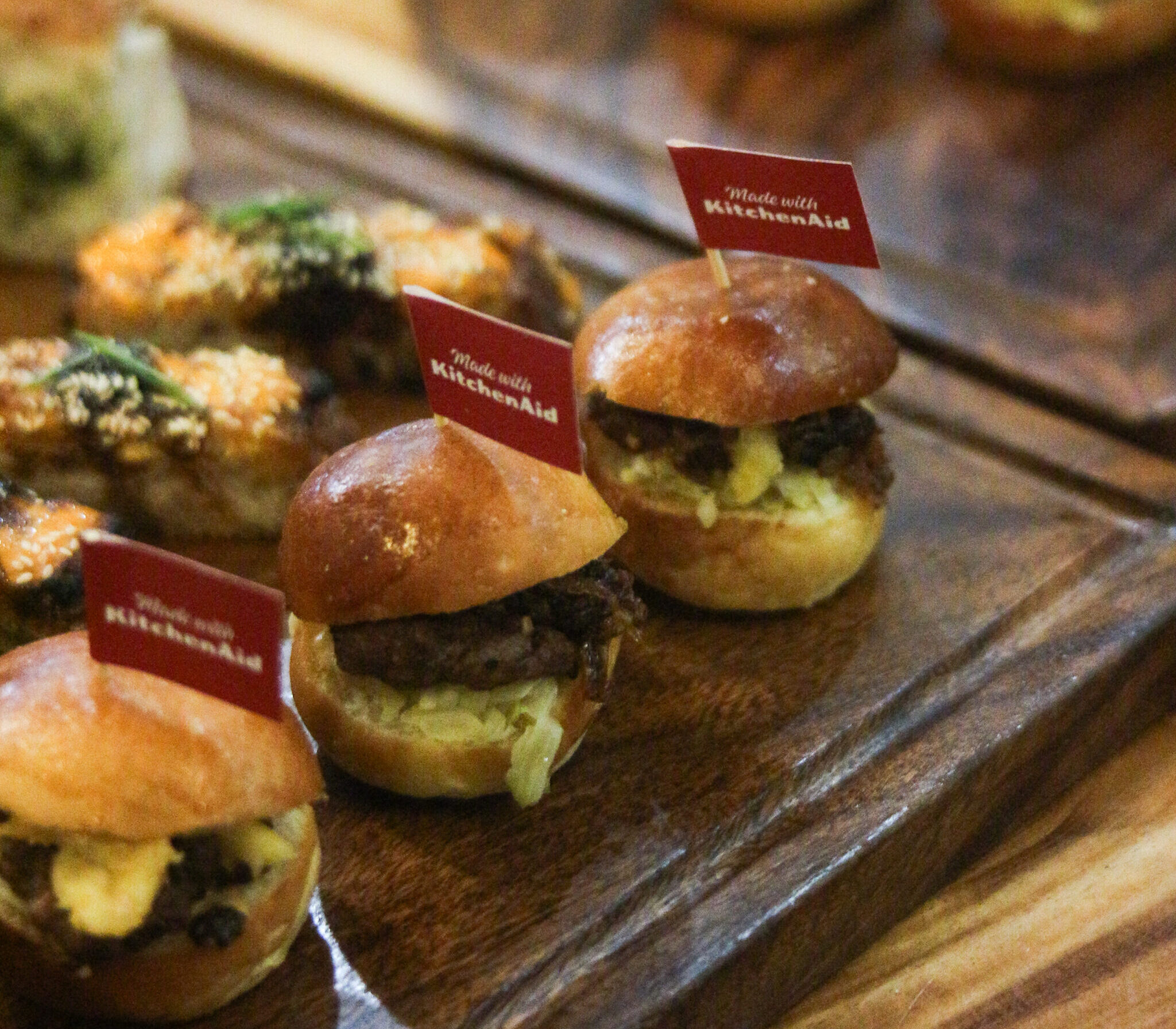I first met Gilda Cordero Fernando (GCF) four decades ago, in a freshman English class. We were assigned “People in the War,” a short story that was not “short.” It came in three parts, but was a surprisingly easy and delightful read that did not prepare me for its tragic end.
Gilda’s story opens with a detailed description of daily life at the tail end of the Japanese occupation, and closes with the so-called “Liberation of Manila.”
Although it has been 40 years since I first read Gilda’s story, I still remember a detail, about a proud Spanish family that had fallen on hard times and had to make a living taking in laundry from the neighborhood. At around noon, Señora Bandana would throw a wet rag on the frying pan, create a sizzling noise that made the hungry neighbors envious about an imagined lunch of precious chicken or a fat milkfish. The Bandanas actually had rice and bagoong, but went through the motion to keep their dignity and reputation as worn aristocrats intact.
Toward the end, a small group of people escape rape and slaughter by the cornered Japanese by hiding under a heap of scrap metal. They hold their breaths and keep quiet at the sound of footsteps nearby, then a baby in the group starts to cry. The group force mother and child out to save themselves, but they return to the hiding place. Afraid that the baby’s bawling would give them away, someone grabs a pillow from the narrator, places it on the face of the infant, and sits on it. After a slight struggle the silent child is smothered dead and is later cradled by its speechless, traumatized mother.
Emerging from their hideout, they are greeted by news of the advance of the liberation forces.

Coffee-table books
Next time I encountered Gilda was in the Filipiniana section of the Rizal Library of the Ateneo, through her books, “Culinary Culture of the Philippines” (1976), “Streets of Manila” (1977) and “Turn of the Century” (1978), all landmarks in Philippine publishing because she single-handedly carved out a new genre called “coffee-table books.”
They were expensive, over-sized and overdesigned volumes that were artfully displayed in upscale urban living rooms, often unread, as pretensions to culture and the good life. Through a mass of visuals, mostly archival photos, the essays of Teodoro Agoncillo, Domingo Abella, Doreen Fernandez, Nick Joaquin and Nicanor Tiongson became lively and accessible.
Gilda sprinkled pixie dust on history and transformed it into nostalgia. One could say that these books and Gilda’s constant encouragement formed me into the public historian I am today.
GCF books were so precious that they were restricted to “room use only” and could not be checked out. Years later, when I finally met Gilda, I told her that as a college undergrad, I was turned down by a librarian who refused my request to photocopy one of the essays in “Turn of the Century” for my research, citing copyright restrictions.
Gilda made a face and declared, “I made those books so they would be read, and used by people like you.”
She added that in some homes, children were not allowed to open or soil the GCF coffee-table books. Little wonder that those unread copies in mint condition sell briskly at auctions and online booksellers four decades since they first saw print.
Food was what bonded us at first. I was writing a thesis on food in Pampango culture and she was one of my main informants. In time we bonded over Filipiniana books and research. We loved the Lopez Museum and its helpful librarians. We loved listening to old music from a jukebox in painter Danny Dalena’s studio and eventually sat for terra-cotta portraits by Jullie Lluch.
We sought out Mars Ravelo to get his permission to reprint the whole “Darna” series, only to find out he did not keep the originals of his komiks serialization. We sought out the past from Armando and Paula Carolina Malay, Fr. Francisco Demetrio, E. Arsenio Manuel, E. Aguilar Cruz and even the bawdy songs of Onib Olmedo.
National Artist
Gilda started as a short story writer, and became a publisher, cultural researcher, playwright, fashion designer and Bench Billboard model. And I was glad to see her in many of these transitions, in different stages of her long and exceptional career.
She made me agree to walk the ramp in an antifashion show (I chickened out in the end). She toyed with the idea of producing a film and made me read lines from the script before Ishmael Bernal, who flatly told me I had no future in the movies.
Gilda produced a play from her children’s story “Horgle and the King’s Soup” starring Krip Yuson and Virgilio Almario in the lead roles, but I stole the show in a supporting role, with no speaking lines, as a Tree!
In retrospect, Gilda remained youthful well into her 80s, not only because she was always busy doing something new, or taking something old and presenting it in an out-of-the-box way.
She remained young by drawing on the youth and creativity of many others like me whose lives are diminished by her passing. Nominated thrice to the Order of National Artists, strangely bypassed thrice by closed-minded committees, Gilda Cordero Fernando is a National Artist to the people whose lives and careers she touched. She spent the past nine decades changing her corner of the world and leaving it better than that she was born into.










































